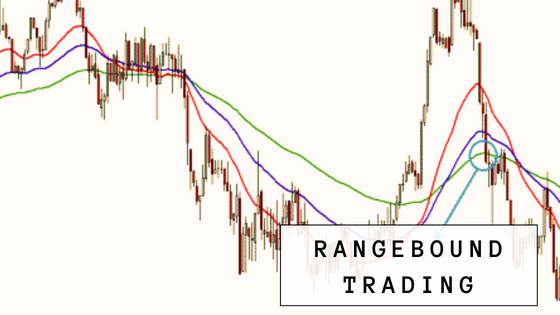Rangebound trading is a significant concept in the world of finance and investments. It’s a strategy used by traders and investors when a security (like a stock, currency, or commodity) is fluctuating within a specific price range without major upward or downward movements. Let’s explore the concept of rangebound trading, its principles, advantages, and disadvantages.
Understanding the Rangebound Scenario
In rangebound trading, securities neither appreciate on a long-term trend nor necessarily depreciate significantly. Instead, they bounce between an established high price and a low price, often many times, leading to the establishment of what is known as a “trading range.” The upper and lower bounds mark the maximum and minimum price levels, respectively, that a stock tends to reach. These bounds are the critical figures for traders, known as resistance (the top of the range) and support (the bottom of the range).
Strategy in Rangebound Trading
The primary focus of a rangebound strategy is to identify these points of resistance and support, and then to buy at the lower end of the range and sell at the upper end of the range. This process might appear simple in theory, but it requires significant skill and experience to implement effectively in real-world scenarios. Sudden price surges can lead to unanticipated breakouts of the range, and any possible decline can turn into a significant fall.
Successful traders using this strategy generally employ technical analysis tools to identify these key price points and predict future patterns of price fluctuations. Technical indicators like Bollinger Bands, Stochastic Oscillator, and Relative Strength Index (RSI) are generally used for this purpose.

Potential Advantages and Disadvantages
One significant advantage of rangebound trading is the potential for steady returns in periods of minimal market volatility. Securities exhibiting rangebound patterns can provide stable, predictable income for adept traders. As the BrokerExtra blog highlights, it’s a potentially less risky approach than expecting an uncertain upward trend or betting on shorting stocks, it’s mostly about maximizing gains with minimal risk.
However, rangebound trading is not without risks or challenges. The main disadvantage is the potential for breakouts, where prices suddenly move above or below established range-bound areas without warning. If a trader holds a position expecting the price to reverse as per usual range-based patterns, a breakout could result in a considerable loss. Therefore, it is crucial to set appropriate stop-loss orders to limit potential losses.
Many traders also stress the importance of understanding broader market trends and the financial health of the specific security before embarking on a rangebound trading strategy. For instance, during a bearish market phase, a rangebound strategy might be a better fit than during a bullish phase, when prices are generally on the rise.
Conclusion
Rangebound trading has its position in the trading world as a strategy that can provide respectable returns under the right circumstances. However, like other trading strategies, it requires comprehension of market indicators, careful planning, diligent risk management, and, above all, constant vigilance. For more insights, tips, and best practices on trading strategies, be sure to check out the BrokerExtra blog regularly.



